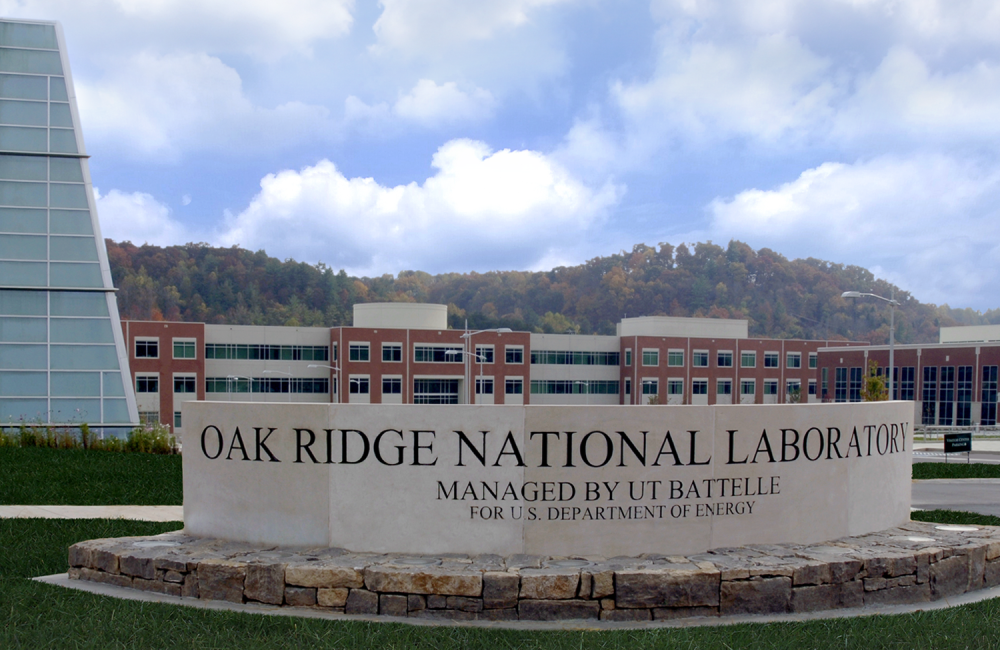April 1, 2015 – While reflective roofs can save energy and money for homeowners, microbial communities and the biofilms they create can eat away at the effectiveness and savings. A study led by Mengdawn Cheng and Andre Desjarlais of Oak Ridge National Laboratory found that the amount of energy absorbed instead of reflected doubles from its initial value in slightly more than a month. The culprits are strains of fungus, algae and bacteria that attach to surfaces and grow, causing soiling of the roof surface and the loss of reflectivity. Researchers who performed genetic sequencing to pinpoint the strains of bacteria set up multiple test sites in Florida, Pennsylvania and Tennessee. While bacterial distributions across the three states were similar, fungal distributions varied by region with Tennessee having the least fungus. Ultimately, Cheng expects this and follow-on research to help in the development, testing and compliance of Energy Star cool roofs.
Oak Ridge National Laboratory
Media Contact
Communications Staff, 865.576.1946 | news@ornl.gov




